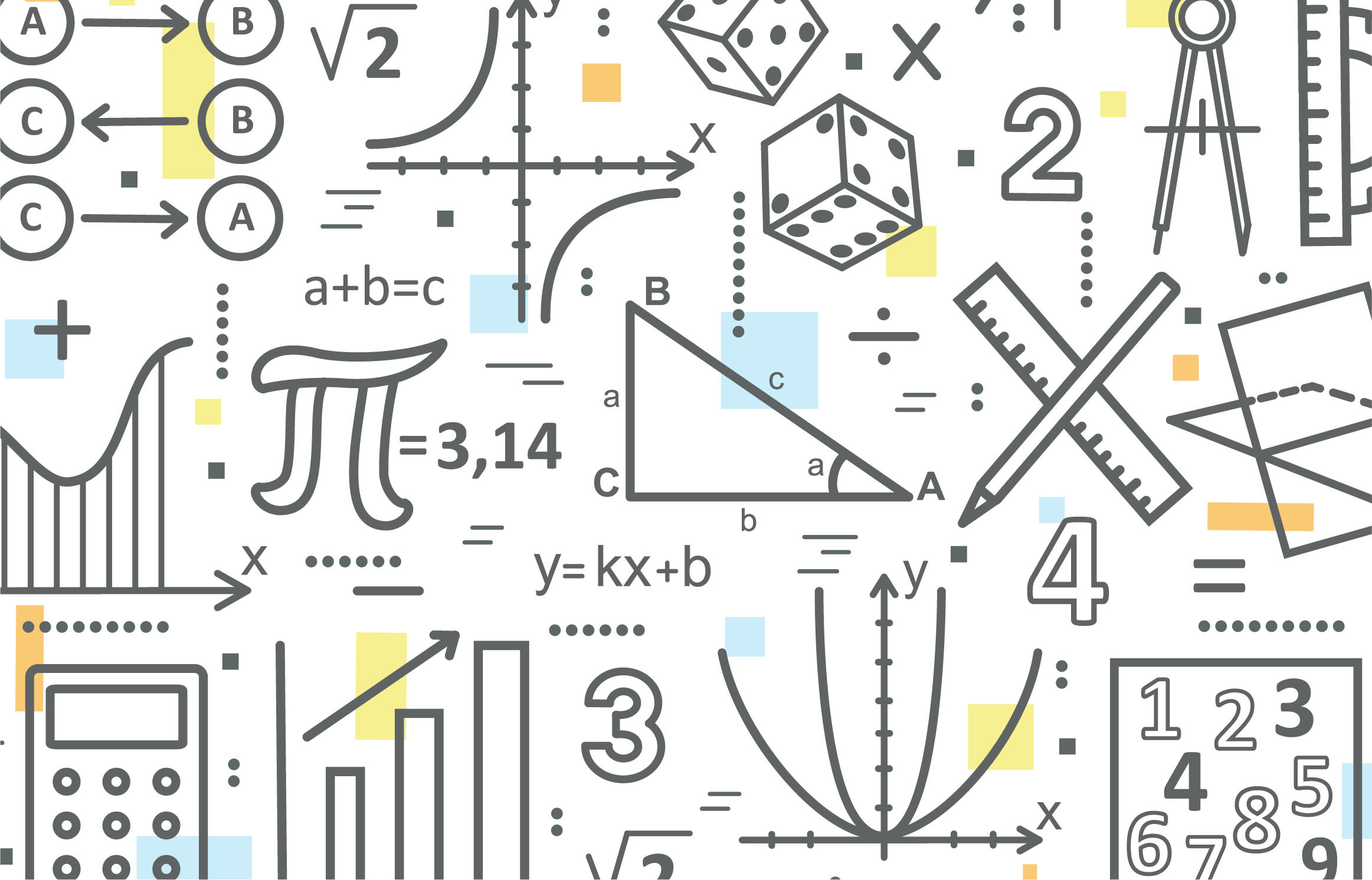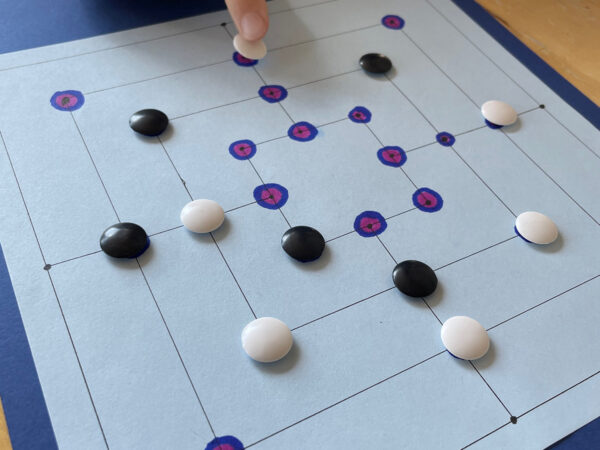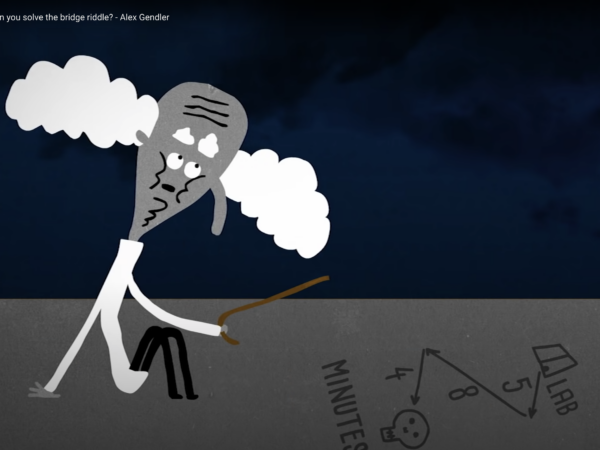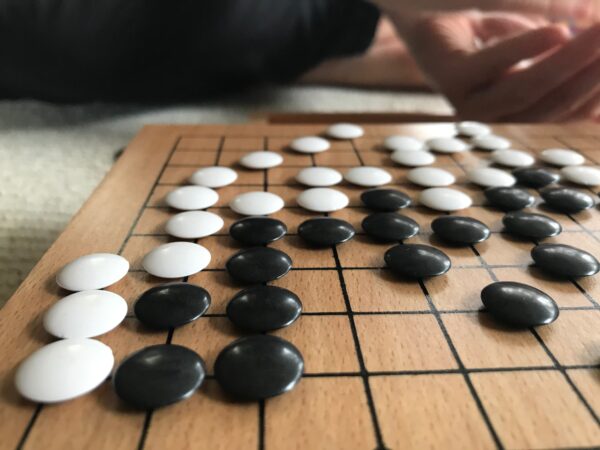I was shocked when I first heard my son proclaim his hatred of math. How could a boy who sees patterns in everything; who muses over the properties of odd numbers; and who likes to contemplate infinity possibly hate math? Surely, I reasoned, he must just be parroting older kids or complaining for the sake of complaining.
It turns out that this unwavering hatred of math began when he solved a problem in his STEM class using negative numbers (instead of subtraction). His teacher’s response was to tell him that he wasn’t allowed to solve it that way. I can just imagine the smoke bombs going off inside his head as he processed this directive. He described his frustration to me, hands tossed up in the air: “And the really crazy thing is that I got the answer right!”
So it’s not that my son actually hates math. He just hated the rigidity of that math class. He was having fun playing with the concept of negative numbers, and was told that was wrong. He learned that in math class (and therefore in math), we blindly follow processes and specific algorithms to answer questions. In his frustration and boredom, he rejected this idea and joined the ranks of countless other children who “hate math.”
Most of these kids probably don’t actually hate math, either. We’ve just presented them with something worth hating and called it mathematics. We’ve confused them. Can you imagine if a Language Arts class consisted only of spelling drills and sentence diagramming, and we never allowed children to dive into beautiful works of fiction or powerful essays? If we didn’t give them a chance to actually write and express themselves? That is what we do to math. In describing this phenomenon in A Mathematician’s Lament, Paul Lockhart writes:
“Everyone knows that something is wrong [with math education]. The politicians say, “We need higher standards.” The schools say, “We need more money and equipment.” Educators say one thing, and teachers say another. They are all wrong. The only people who understand what is going on are the ones most often blamed and least often heard: the students. They say, 'Math class is stupid and boring,' and they are right.”
As a society, we tend to equate basic math skills work — procedures, memorization, drills — with mathematics itself. In doing so we lose sight of the essence of mathematics — the beauty of patterns, the perfection of imaginary worlds, and the flashes of creative insight involved in problem solving. We miss out on what Lockhart calls “The Art of Explanation.”
“If you deny students the opportunity to engage in this activity -- to pose their own problems, to make their own conjectures and discoveries, to be wrong, to be creatively frustrated, to have an inspiration, and to cobble together their own explanations and proofs -- you deny them mathematics itself.”
With this in mind, the first thing we need to do if we hear “I hate math” is to stop and think about how we’ve defined math for our kids (either explicitly, through our lesson plans, or in the classes they take). Have we followed the guidance of traditional math education and reduced math to a mere study of notation and processes? If so, we need to do some more inspired research about math (I recommend starting with Lockhart’s book). Then we need to follow up with some serious damage control. We need to redefine how our children see math.
This means, first-and-foremost reducing the amount of time we spend on drills and processes. Then, we can fill our newfound time exploring a genuine expression of math that appeals to our children. For elementary aged children, this could mean exploring geometry through art; learning about the history of arithmetic and number systems; grappling with some simple, informal proofs; doing logic games and puzzles; building with different shapes and angles; or reading biographies of mathematicians struggling with big math problems. There are so many fun possibilities. (If you need some starting ideas, check out my Math Page. I’ll be periodically posting activity ideas there.)
The best entry point into playful mathematics will be different for every child, depending on their temperament and interests. The overall goal, though, is the same: spend less time on formulas and processes, and give these basic tools some context and meaning. Let children see mathematics as an art that has evolved over time, that is available for them to explore.
Inevitably, this more balanced approach is going to mean tackling the standards at a different pace than in public school, and in a different order. It might even mean letting some of those standards go by the wayside. But if children see the beauty of math, and are given a chance to play, they will be more willing to practice the repetitive drills needed to acquire skills. They will also be more adept at real mathematical thinking. For example, from my own personal experience, I can attest that the logic games I played as a child outside of the classroom helped me just as much with my advanced math classes and computer science work, as the skillswork that I practiced in math class.
Ultimately, shifting mindsets about math may take a bit of a leap of faith. For most of us, it will mean a radical departure from our own mathematics education. It will also require accepting the risk that our children might not hit all those standards. But if your kids routinely proclaim their hatred of math, then something needs to change. And ultimately, if we can help our children see the joy that exists in real math, they will have gained for more than they could possibly have lost.





